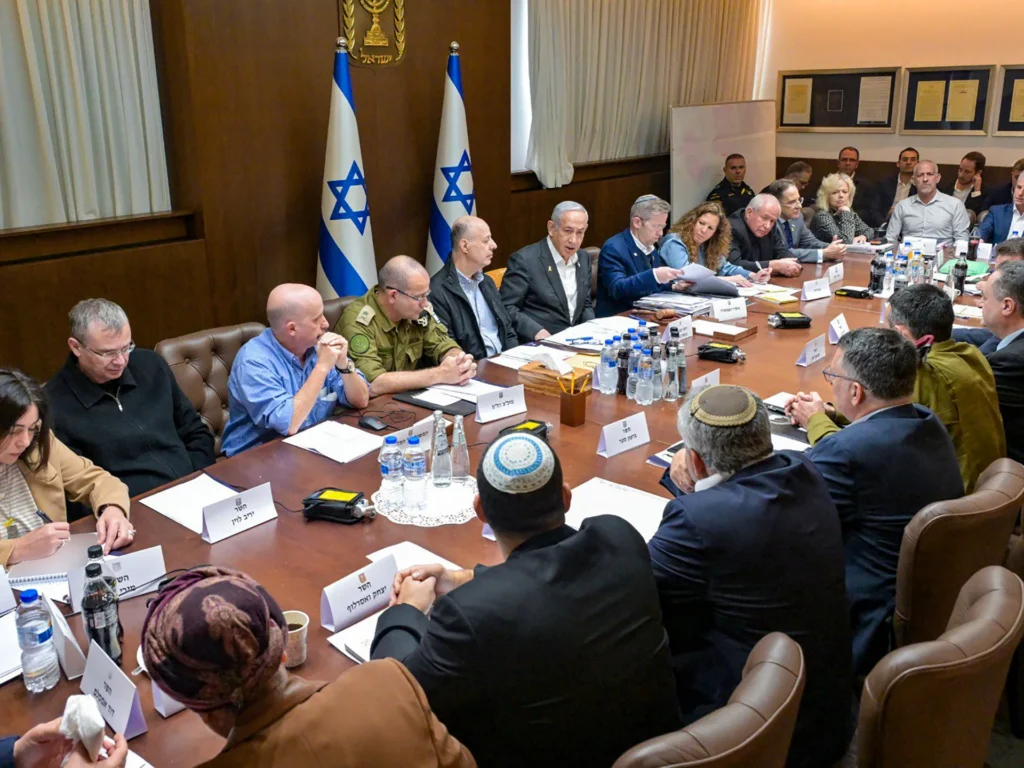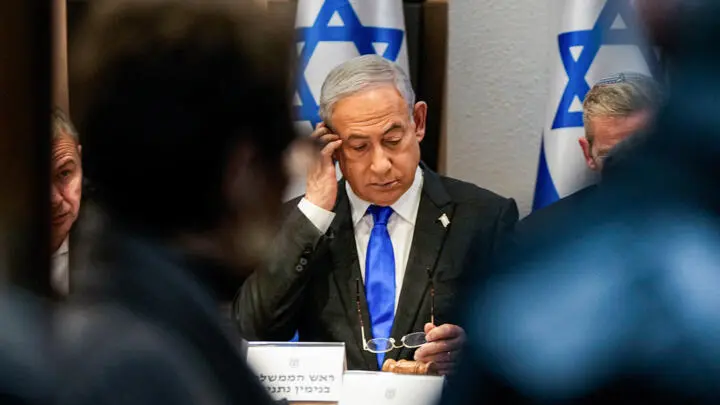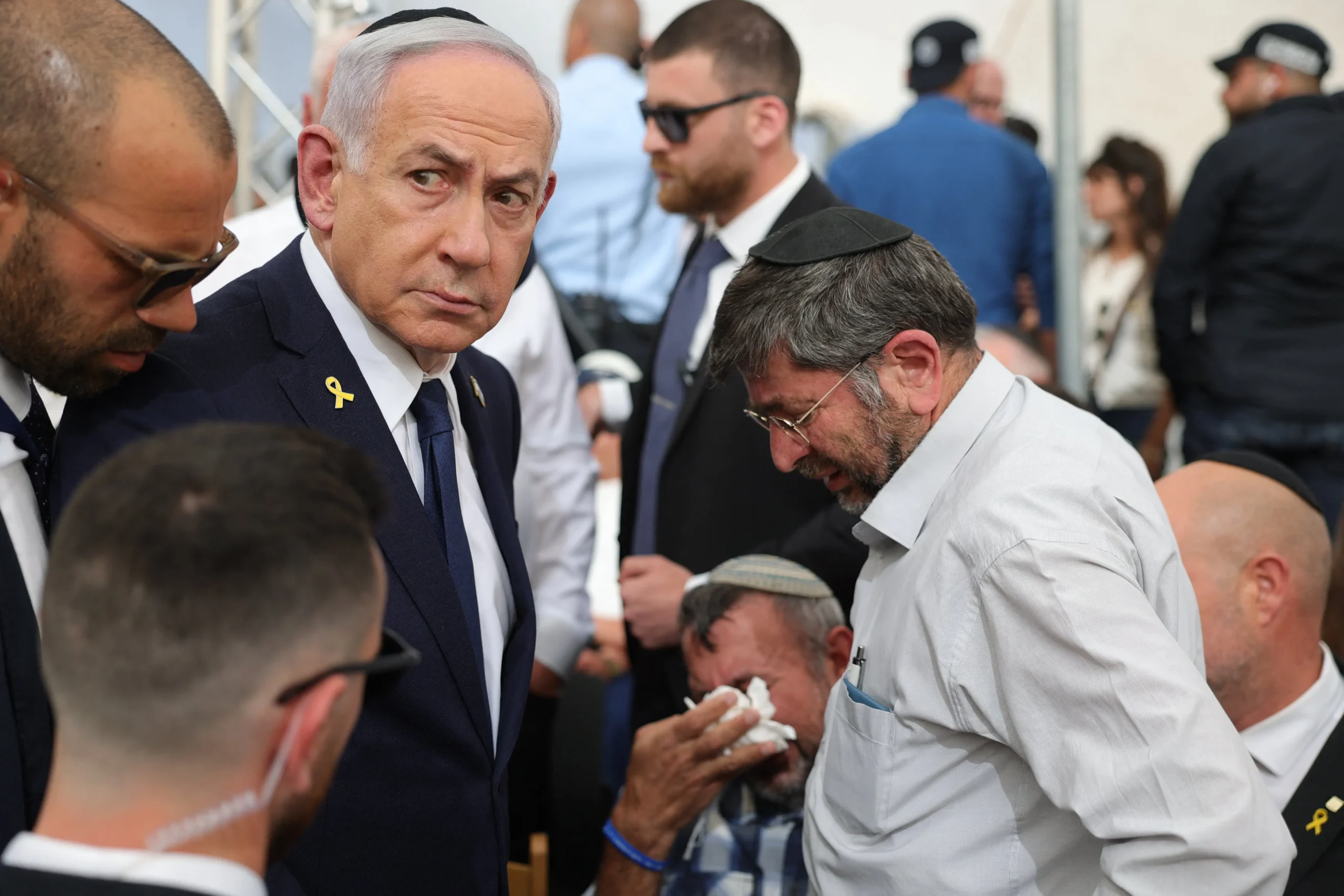October 11, 2025 | Dubai, UAE: After a long duration of being at odds, the Israeli government has authorized a Gaza ceasefire deal with Hamas that enlists a stoppage of cross-border firing, hostage exchange, and a halt to activities. Under the compromise, the government will withdraw its military and expects a return of hostages, both alive and dead, within 3 days. This step reflects the most crucial leap in the perennial conflict. The truce is a stance where the two nations interact beyond war. Both sides, under the negotiator’s guidance, were asked to show respect, ensuring that the sensitive armistice turned to tranquil discussions in the upcoming
Rules for the Gaza Ceasefire Resolution: From the Israeli Government
The Gaza ceasefire deal was possible with the help of negotiators. The changes include:
- The Israeli government plans to extract its military from the deployed regions and reinforce them to the desired point.
- The prisoner exchange between both countries, where the organization will return 20 alive and 28 dead hostages in return for prisoners.
- The initiation of humanitarian aid and facilities, including sanitation, food, medical supplies, and infrastructure development.
Some discussions remain untouched, such as the entire list of prisoners, future developments, safety rules, and ensuring compliance with them. Analysts stated that accountability in this situation will help smooth the process and build a path for cooperation between the two nations.

Reactions, Disadvantages, and Regionalism
The Israeli government’s decision was met with hostility. Some internal ministers and coalition parties expressed their concern over hostage releases, and it would increase the chances of security breaches. However, the majority supported the decision, treating it as a thoughtful getaway from the brutal war.
On the international front, the decision was applauded by several countries that believe the move was towards thoughtful diplomacy. Several nations from the Middle East also praised the negotiators and depicted their faith and confidence in a truce. Yet, analysts state that the compromise might collapse due to the lack of initiative from the other side and would result in violent endings.

The agencies are reviewing this deal vigilantly. The other nation has suffered through unparalleled damage and human crisis, where providing aid is crucial, but the damage to the architecture, lives taken, and diseases is irrevocable.
Further Outlook: Challenges and Implementation
Incorporating the Gaza ceasefire deal is met with managerial, organizational, and geopolitical barriers. The country must withdraw its forces in a way that does not create gaps that the terror organizations misuse. The other organization must equally participate in the ceasefire by releasing the hostages and making sure that there are no further attacks.
Another question that lingers is who will govern the conflict area and manage the civic matters? Will it be returned to the terror organization, or will a government be set up? These questions loom and remain unanswered. Moreover, following the rules is necessary. Under the guidance of the negotiators, the conflict area has to be redeveloped into a safe zone. Any negative breakthroughs or preventions might restart a new war.

The renewed Gaza ceasefire deal by the Israeli government reflects a sensitive yet crucial stance in the perennial conflict, while the Gaza ceasefire resolution heralds shifts towards force extraction, prisoner release, and aid. Its accuracy relies on belief, overview, and persistence in execution. For the citizens, it is a chance to restart after a long period of war, and for the country, it is a chance to recover from the casualties. This altercation may be the start of an arduous path towards tranquility, one that will test the political willingness, local coordination, and honesty of both sides to halt the brutalities.
Read More: Scrutiny Around the Qatar Airways Vegetarian Meal Raises Concerns







